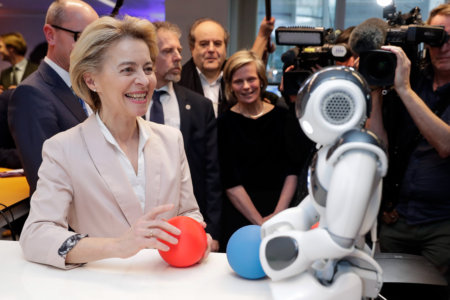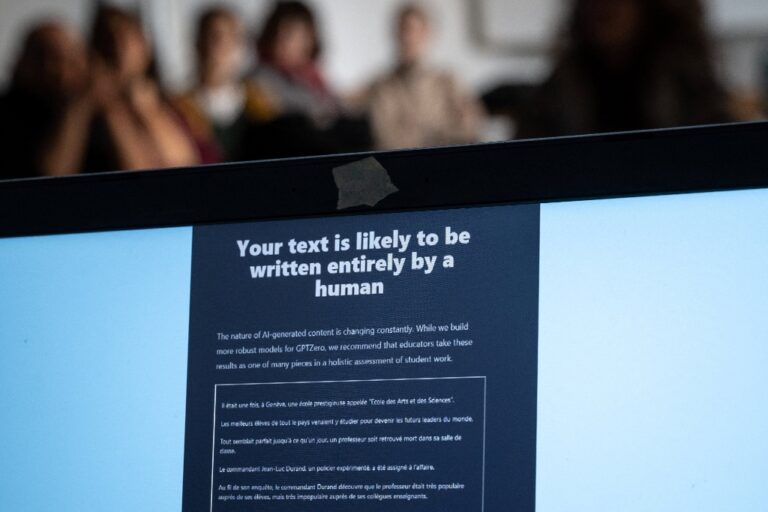
The rise of artificial intelligence (AI) has enabled machines to generate human-quality writing, revolutionising industries like journalism and content creation.
If you are still reading this, then AI has proven its point because, believe it or not, the above sentence was generated entirely by it.
Detecting whether something is written by AI can be tricky.
To the untrained eye, AI can sound human. This leads to a controversial debate about whether more organisations should use AI since it can mimic a human’s writing to a tee.
But to a professional, an article written by AI can appear cliché, routine, and overall uninspired. The repetitive use of bullet points is already a dead giveaway.
To avoid any finger-pointing, the existence of AI writing detectors will come in handy.
AI detectors are tools designed to detect when a text is generated by an AI writing programme. No matter how convincing it is, these detectors provide a way of checking for any AI involvement in content creation.
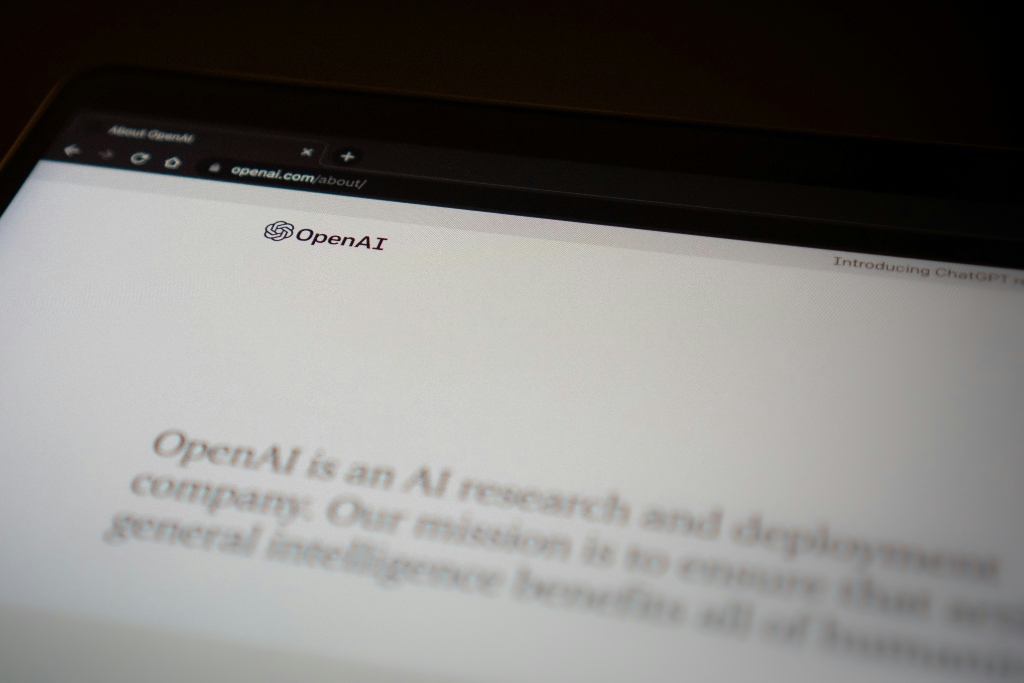
AI writing detectors look for perplexity and burstiness in a text. Source: Unsplash
How do AI detectors work?
AI detectors function based on language models similar to those used in AI-written texts. These detectors look for two variables: perplexity and burstiness.
Perplexity is a measure of how unpredictable a text is.
This is when AI language aims to sound as perfect as it can with low perplexity. Human writing, on the other hand, tends to have higher perplexity with more creative or unorthodox language choices and, carelessly, with more typos.
Burstiness is similar to perplexity, but instead of specific words, it focuses on entire sentences.
AI-generated texts have low burstiness because they predict the most likely word to come next to finish a 10–20-word (the average length) sentence. Humans write with more burstiness, where sentences are longer and have more flair.
To simplify, the lower the perplexity and burstiness are in a text, the more likely it is AI-generated.

The ease of accessing AI writing software means that universities and other organisations have had to turn to the best AI writing detectors to find non-AI-generated works from people. Source: AFP
Who are AI detectors for?
While good things can result from AI, the misuse of this technology has brought about some heated debates about its true functions.
A BBC survey found that 31 out of 33 students had used AI in schoolwork. While they said AI helped them come up with ideas and research, some bad apples confessed to using it to cheat.
“You can get a really structured answer from the likes of ChatGPT and then back that up with other extended research,” a student admits.
AI detectors can come in handy for cases like this, as educators can check the authenticity of the work done by their students.
In the professional field, recruiters can use AI detectors to ensure that interview candidates send back assessments that are their own writing.
Publishers can also use AI detectors to ensure they only publish human-written content.
Generally, people can use AI detectors to identify AI-generated spam or fake news, ensuring the information they receive is authentic and correct.
However, AI detectors are still new technologies that some might say are neither accurate nor reliable. Research by the University of Adelaide found that these detectors are ineffective in practical scenarios.
“The real takeaway is that we should assume students will be able to break any AI-detection tools, regardless of their sophistication,” the research states.
Another problem with AI detectors is that there is no evidence trail to ensure it is generated. Only a score showing the percentage of how robotic your writing is appears with nothing to click on to prove why.
Without these functions, anybody can accuse you of writing using AI, like what happened at Texas A&M University, where students were accused by their lecturer of using ChatGPT to cheat without any evidence to back his baseless claims.
8 AI writing detectors used by universities and organisations
Can Humans Detect AI-Generated Text? 6 studies show they can’t!
1️⃣ Most people struggle to spot AI-generated content.
2️⃣ AI detectors like https://t.co/gtcCVaNdk7 are much more accurate
3️⃣ Failing to detect AI content can lead to misinformationStudy: https://t.co/4P7ACQshc5 pic.twitter.com/6qIGCIqP4N
— originality AI (@AIoriginality) October 15, 2024
Originality.ai
The best AI writing detector that we can find is Originality.ai.
It is exceptionally accurate and features a website scanning function that analyses your entire website for AI content with just one click. The detector can also simultaneously scan for plagiarism for further review.
Originality.ai also claims to be the only AI content detector or plagiarism checker that accurately identifies paraphrase plagiarism, which is when a paraphrasing tool is used on either human or AI text.
Turnitin
There’s no talking about the best AI writing detectors without talking about Turnitin.
Even if you’ve never used it before, you’ve probably heard about this plagiarism detector. After all, 98% of universities in the UK use Turnitin, so if you’re an international student in the UK, you’re bound to come across it eventually.
In 2023, Turnitin launched its AI writing detection capabilities in Turnitin Feedback Studio (TFS).
Content at Scale
Though Content at Scale is not 100% accurate in detecting AI-written texts, it is when recognising human-written work.
Better yet, it’s free to use, which might make it one of the best AI writing detectors for students to check out. You can try uploading the work you’ve done into this detector and have a look to see if any of the information you’ve referenced was written by AI instead of a human author.
GPTZero
GPTZero is best used to detect texts done using ChatGPT, hence the name.
The model contains seven components that process text to determine if it was written by AI. This multi-layered approach ensures that predictions are as accurate as possible.
The site is used by leading organisations and universities, including The New York Times, Purdue University, and Louisiana Tech University.
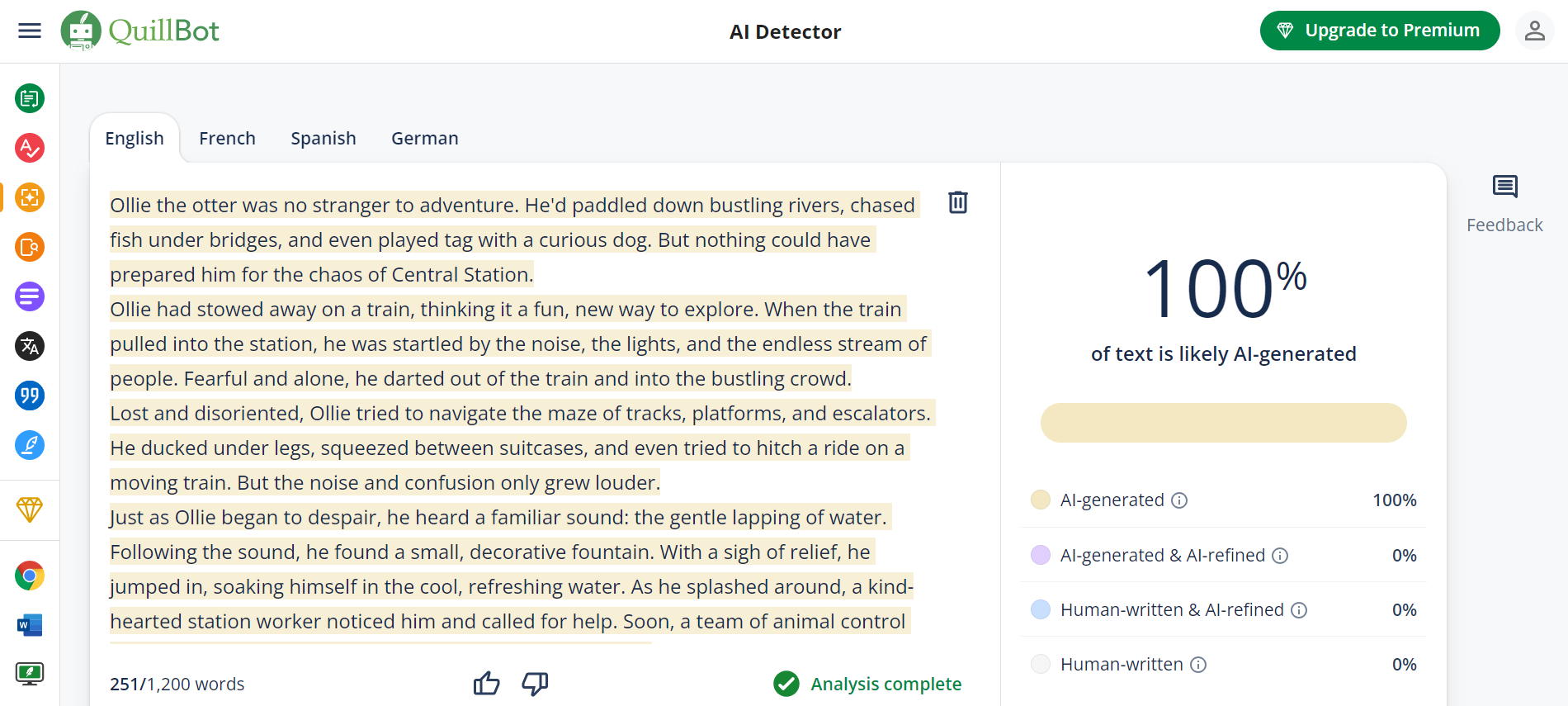
QuillBot is one of the best AI writing detectors because it is quick and easy to use. Source: QuillBot
QuillBot
One of the reasons why QuillBot is among the best AI writing detectors is that it is quick and easy to use — you can just paste text or upload a file to test it immediately.
Even better, this site is free and does not require you to sign up. It can scan up to 1,200 words per unlimited check. Currently, QuillBot can analyse text in English, Spanish, German, and French.
Winston AI
Winston AI is one of the best AI writing detectors because it does not show an AI probability score. Instead, it shows you a human score indicating if it is written by a human.
The site’s detection model is trained on large datasets of academic data to minimise false positives. It can currently work on AI detection for English, French, Spanish, Portuguese, German, and Dutch content.
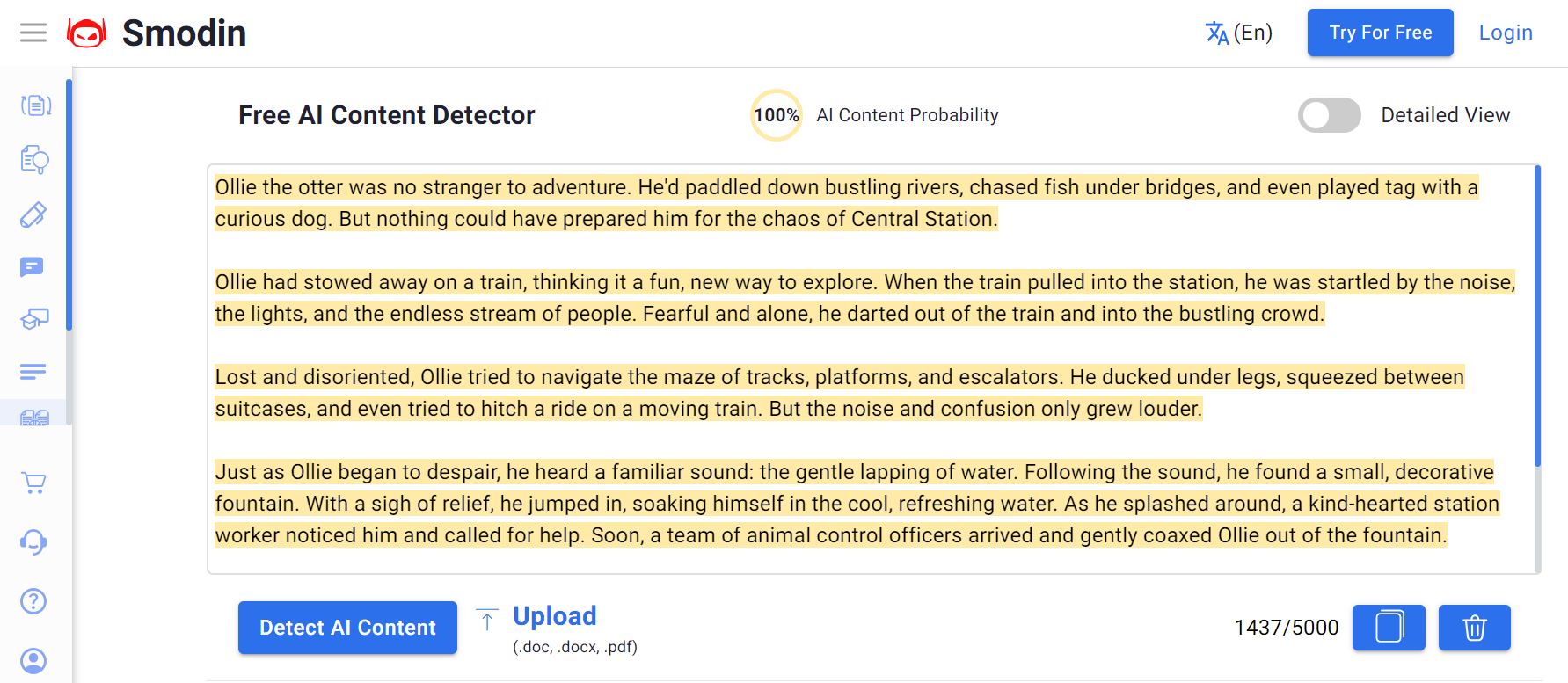
Smodin is one of the best AI writing detectors because it supports other languages. Source: Smodin
Smodin
Smodin is considered one of the best AI writing detector tools because it supports quite a few languages — over 50, to be exact — including Catalan, Korean, Serbian, and Urdu.
However, they acknowledge that the AI probability score can vary depending on the language. Some languages used may not even produce the most accurate results, but it’s still something worth checking out.
Hive Moderation
Hive Moderation is also another free AI detector tool. However, other than just detecting texts, it is also able to detect AI-generated images, videos, and audio.
What makes it one of the best AI writing detectors out there is that many leading platforms are using it. This includes organisations like Reddit, Canva, Patreon, and even 9GAG.
And if it’s good enough for these big players to use it, there’s no doubt that it’ll be a handy site to have if you ever want to cross-check the authenticity and originality of your work as a student.










